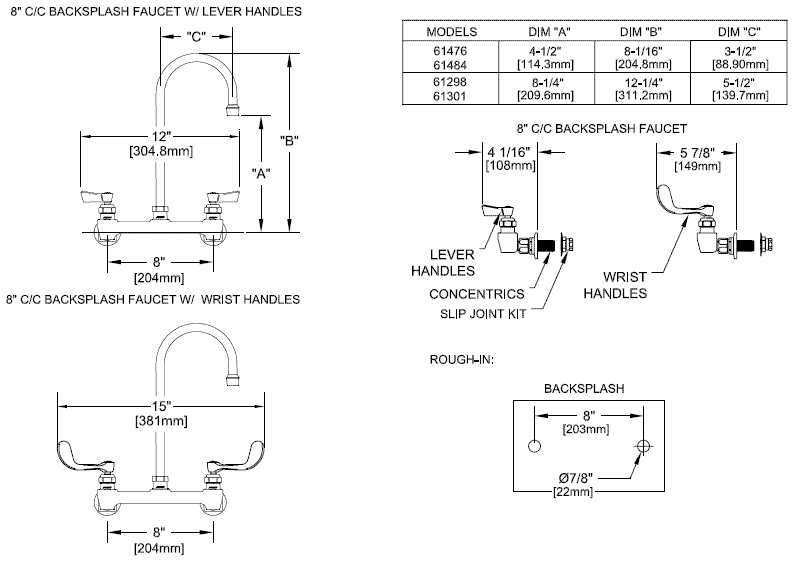A faucet is a device for delivering normal water from a plumbing related system. It could consist of the following components: spout, handle(s), lift up pole, cartridge, aerator, mixing up chamber, and normal water inlets. If the handle is turned on, the valve starts and control buttons water movement modification under any temperatures or water condition. The faucet body is usually manufactured from brass, though die-cast zinc and chrome-plated plastic are being used also.
The majority of domestic faucets are dual-control or solo cartridge faucets. Some single-control types use a metal or plastic core, which operates vertically. Others use a metallic ball, with spring-loaded rubber seals recessed in to the faucet body. The less costly dual-control faucets contain nylon cartridges with rubber seals. Some faucets have a ceramic-disc cartridge that is a lot more durable.

Faucets must adhere to water conservation laws and regulations. In america, bath basin faucets are now limited to 2 gal (7.6 L) of normal water per minute, while shower and tub faucets are limited by 2.5 gal (9.5 L).
Faucets run an average of eight minutes per capita per day (pcd), regarding to a report by the North american Water Works Association Research Base completed in 1999 that was predicated on normal water use data collected from 1,188 residences. In daily pcd use indoor water use was at 69 gal (261 L), with faucet use third highest at 11 gal (41.6 L) pcd. In residences with water-conserving fittings, faucets migrated up to second at 11 gal (41.6 L) pcd. Tap use was related to household size. The addition of teens and adults increases water use. Sink use is also adversely related to the number of persons working outside the home and is leaner for those who have an automatic dishwasher.The processing process for faucets has become highly computerized, with computers controlling almost all of the machines. Production and efficiency have thus advanced over time.
Efficiency and efficiency have better over time. The essential process contains forming the key body of the faucet (some-times including the spout if no swivel is needed), applying a finish, and then assembling the many components, followed by presentation and inspection. The faucet industry has also been influenced by environmental regulations, that have required special processes to be developed.
Komentar
Posting Komentar